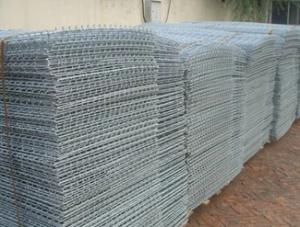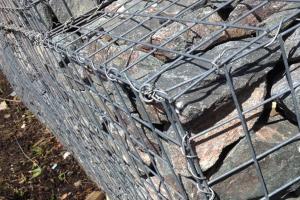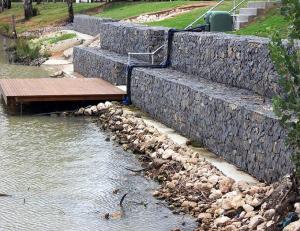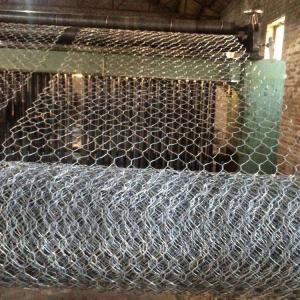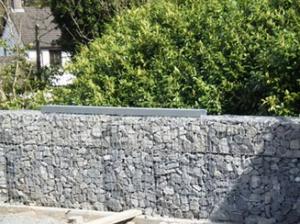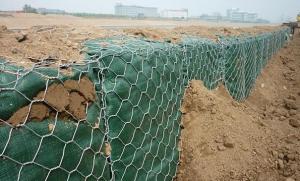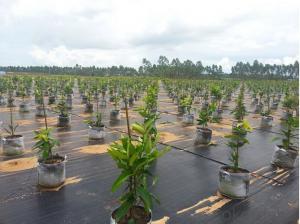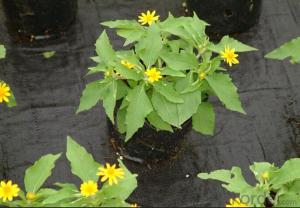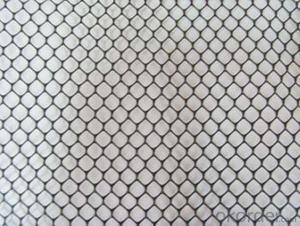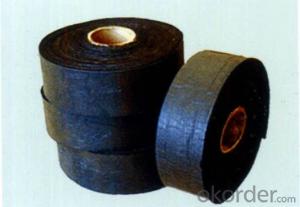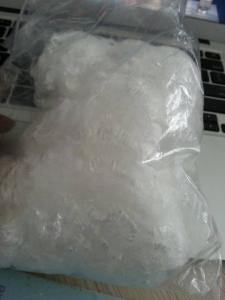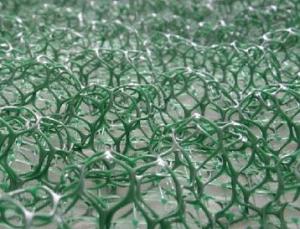Galvanized Gabion Mesh Used in Strengthening of Slopes
- Loading Port:
- Tianjin
- Payment Terms:
- TT or LC
- Min Order Qty:
- 500 set
- Supply Capability:
- 5000 set/month
OKorder Service Pledge
OKorder Financial Service
You Might Also Like
Galvanized Gabion Mesh Used in Strengthening of Slopes
Product introduction
Gabions are wire mesh boxes formed by connecting individual panels of mesh with helical spirals on the vertical edge wires
creating an open series of box compartments that fold in a concertina fashion to be flat packed.
Gabion refers to PVC coating on zinc coating wire fabric containers that comes in variable sizes with rocks filling to form a permanent structure. And the Green Gabion Mattress, also known as Gabion Mattress System by Fibromat makes a great Earth Retention System caters for slopes erosion control, toe and river bank protection, maximizing permeability on the structure while providing reinforcement and grass establishment.
2. Specification

3. Install instructions
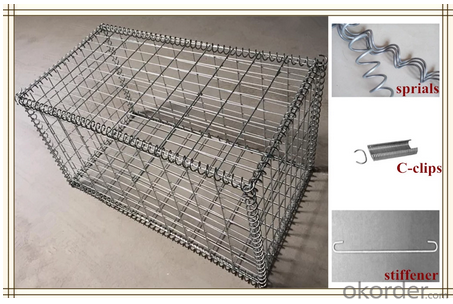
How to install welded gabion box?
1) Ends, diaphragms, front and back panels are placed upright on the bottom section of wire mesh.
2) Secure panels by screwing spiral binders through the mesh openings in adjacent panels.
3) Stiffeners shall be placed across the corners, at 300mm from the corner. Providing a diagonal bracing, and crimped over
the line and cross wires on the front and side faces. None are needed in interior cells.
4) Gabion box filled with graded stone by hand or with a shovel.
5) After filling, close the lid and secure with spiral binders at the diaphragms, ends, front and back.
6) When stacking tiers of the welded gabion box, the lid of the lower tier may serve as the base of the up.
4. Appllication
5. Pictures
Control and guide of water or flood.
Flood bank or guiding bank.
Preventing of rock breaking.
Water and soil protection.
Bridge protection.
Strengthening structure of soil.
Protecting engineering of seaside area.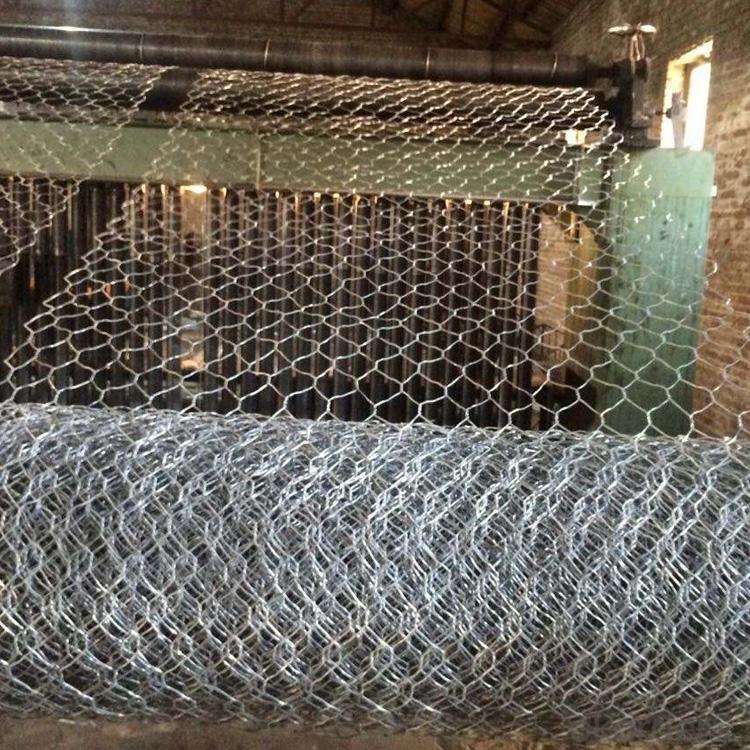


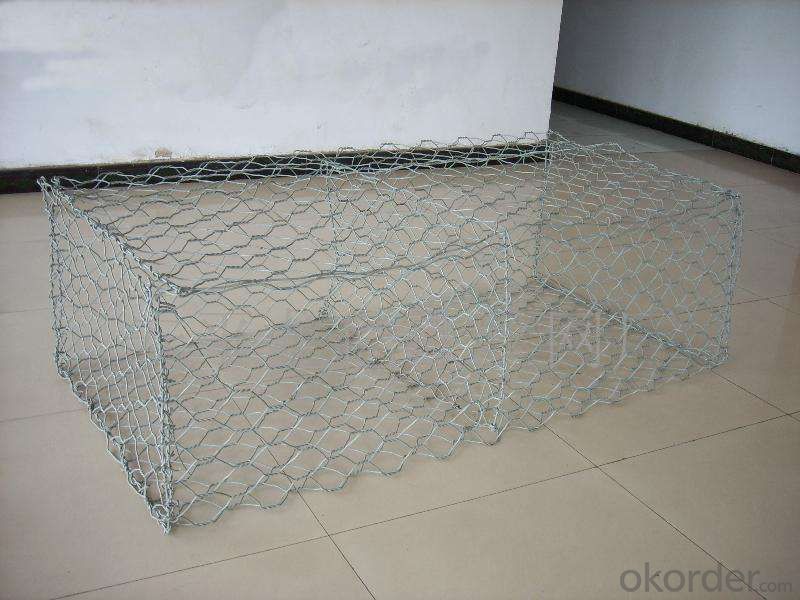
6. FAQ
Q: ARE YOU A MANUFACTURER?
A: Yes, we have specialized in wire mesh for more than 10 years.
Q: COULD YOU PROVIDE SAMPLE ?
A: Yes, we can provide sample for free, and buyer pays for the express cost. We'll send back the courier charge if you make an order.
Q: WHAT INFORMATION SHOULD I PROVIDE,IF I WANT A LOWEST QUOTATION?
A: The basic specification with quantity and special requirements.
Q: HOW IS YOUR DELIVERY TIME?
A: The delivery time is 7 days for goods in stock.
We'll check with production department for the non-stock items to offer you the soonest delivery time and producing schedule.
Q: HOW DO YOU SHIP THE FINISHED GOODS?
A:Usually by sea. If small quantity, can also by air.
Q: WHAT IS THE PAYMENT?
A:Usually our payment term is: T/T 30% in advance, balanced be paid against copy of B/L.
- Q:The Relationship between Water Absorption and Water Content in Civil Engineering Materials
- Comparison of Water Absorption and Moisture Content Water Absorption
- Q:What are the advantages of using geocells in earthwork?
- Geocells offer several advantages in earthwork. They provide structural support, increase load-bearing capacity, and prevent soil erosion. Geocells also help in stabilizing slopes, retaining walls, and roadways. They are cost-effective, easy to install, and promote sustainable construction practices. Additionally, geocells enhance drainage systems and reduce the need for excessive excavation and fill materials, making them a versatile and efficient solution for earthwork projects.
- Q:What are the common applications of earthwork products in landscaping?
- Earthwork products are commonly used in landscaping for a variety of applications. These include creating raised beds for gardens, building retaining walls to prevent soil erosion, shaping slopes and embankments for aesthetic purposes, and leveling the ground for installing pathways or driveways. Additionally, earthwork products can be used to create terraces, construct ponds or water features, and even sculpt the landscape to create unique and visually appealing designs.
- Q:Can earthwork products be used in both residential and commercial construction?
- Yes, earthwork products can be used in both residential and commercial construction. Earthwork products such as aggregates, soil, sand, and rock can be utilized in various applications like building foundations, drainage systems, landscaping, and road construction, which are common in both residential and commercial projects.
- Q:How do earthwork products contribute to landfill liner construction?
- Earthwork products, such as clay, soil, and geosynthetics, play a crucial role in landfill liner construction. These materials are used to create impermeable barriers that prevent the leaching of hazardous substances into the surrounding environment. Clay and soil layers act as natural barriers, while geosynthetics, like geomembranes and geotextiles, provide additional reinforcement and enhance the liner's performance. By effectively containing waste and preventing contamination, earthwork products ensure the safe and sustainable management of landfills.
- Q:How can geosynthetic meshes be used in retaining walls?
- Geosynthetic meshes can be used in retaining walls by providing reinforcement and stability to the structure. The meshes are typically made of high-strength materials and are placed within the soil layers of the retaining wall. They help to distribute lateral forces and prevent soil erosion, improving the overall strength and durability of the structure. Additionally, geosynthetic meshes can also enhance drainage and filtration within the retaining wall system, ensuring proper water flow and reducing the risk of hydrostatic pressure buildup.
- Q:Are there any earthwork products specifically designed for parking lot construction?
- Yes, there are several earthwork products specifically designed for parking lot construction. These include materials such as aggregate base course, asphalt, concrete, and geosynthetic products like geotextiles and geogrids. These products are used for various purposes such as providing a stable base, improving drainage, and enhancing the overall durability and longevity of the parking lot.
- Q:Are there any earthwork products specifically designed for playground construction?
- Yes, there are earthwork products specifically designed for playground construction. Some common examples include rubber mulch, engineered wood fiber, and artificial turf. These materials are used to create a safe and cushioned surface for children to play on, reducing the risk of injuries. Additionally, there are various drainage systems and retaining wall solutions available that are specifically designed for playground construction to ensure proper water management and prevent erosion.
- Q:How are geotextile tubes used in sediment control during construction projects?
- Geotextile tubes are commonly used in sediment control during construction projects as they provide an effective solution for containing and dewatering sediment-laden water. By placing these tubes strategically, they act as barriers, preventing sediment from contaminating nearby water bodies or flowing downstream. The sediment-laden water is pumped into the tubes, where the geotextile fabric allows water to drain out while retaining the sediment within the tube. This process helps to promote water quality and protect the surrounding environment during construction activities.
- Q:What is the purpose of using geocomposites in drainage systems?
- The purpose of using geocomposites in drainage systems is to enhance the performance and efficiency of the system. Geocomposites are designed to provide effective filtration, separation, and drainage capabilities. They help to prevent clogging and improve water flow by allowing water to pass through while filtering out fine particles. Additionally, geocomposites can help to reinforce soil and provide stability to the overall drainage system, making it more durable and long-lasting.
1. Manufacturer Overview |
|
|---|---|
| Location | |
| Year Established | |
| Annual Output Value | |
| Main Markets | |
| Company Certifications | |
2. Manufacturer Certificates |
|
|---|---|
| a) Certification Name | |
| Range | |
| Reference | |
| Validity Period | |
3. Manufacturer Capability |
|
|---|---|
| a)Trade Capacity | |
| Nearest Port | |
| Export Percentage | |
| No.of Employees in Trade Department | |
| Language Spoken: | |
| b)Factory Information | |
| Factory Size: | |
| No. of Production Lines | |
| Contract Manufacturing | |
| Product Price Range | |
Send your message to us
Galvanized Gabion Mesh Used in Strengthening of Slopes
- Loading Port:
- Tianjin
- Payment Terms:
- TT or LC
- Min Order Qty:
- 500 set
- Supply Capability:
- 5000 set/month
OKorder Service Pledge
OKorder Financial Service
Similar products
New products
Hot products
Related keywords

